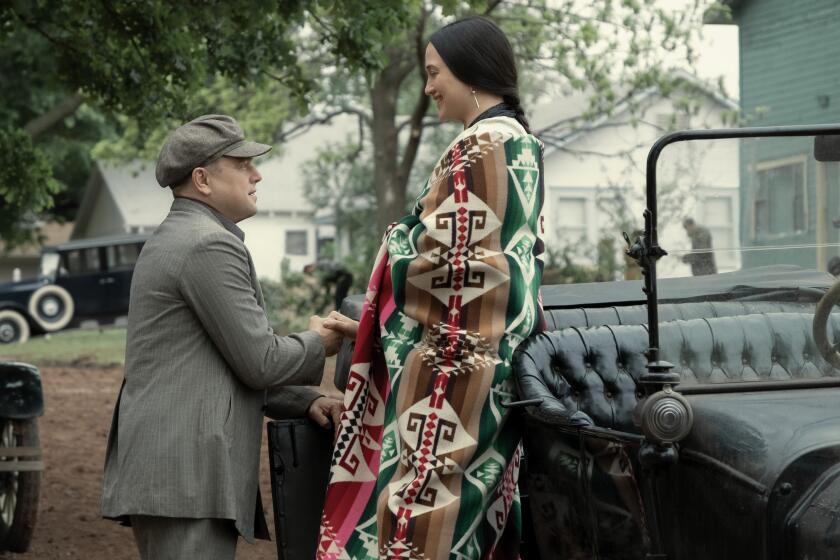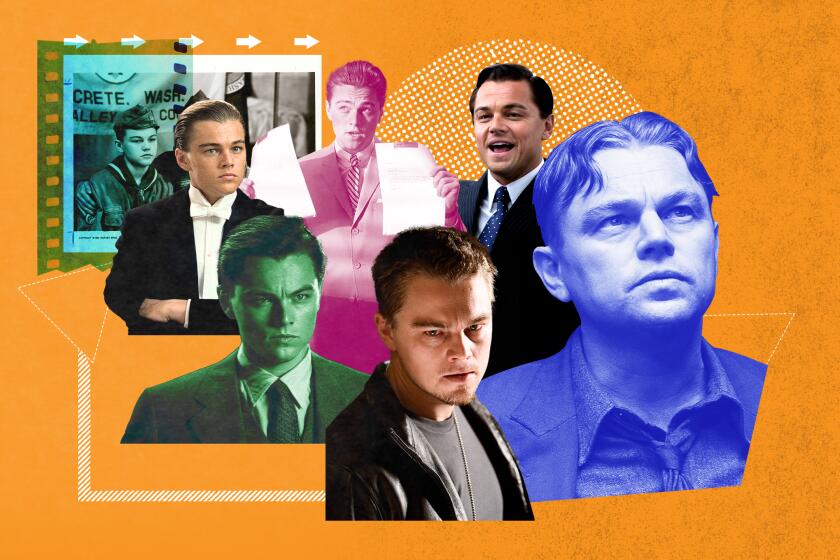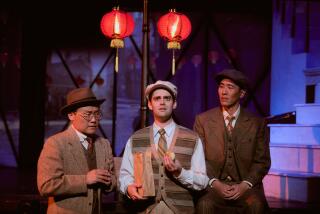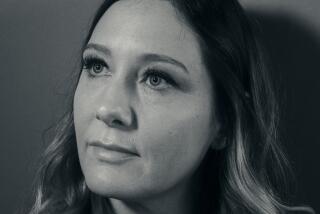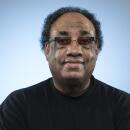For Native viewers, ‘Killers of the Flower Moon’ is an imperfect triumph
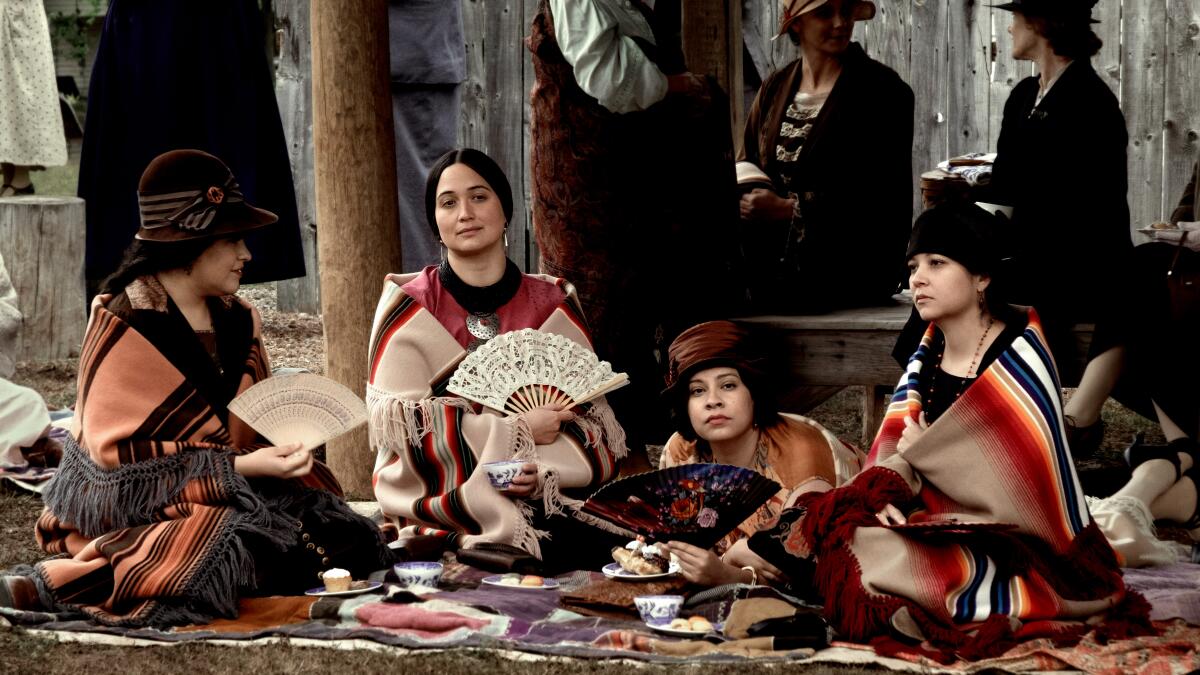
From the moment it was announced as a major feature film, “Killers of the Flower Moon” has sparked plenty of excitement — and anxiety.
An adaptation of David Grann’s nonfiction bestseller about the murder of Osage people in 1920s Oklahoma, by white settlers plotting to acquire the rich oil deposits under Osage land, was most highly anticipated because of the elite names attached — in particular director Martin Scorsese and stars Leonardo DiCaprio and Robert De Niro.
But the project also prompted considerable concern from the Osage nation and other Native Americans. With Scorsese at the helm instead of an Indigenous director, Osage people feared that the film would be yet another example of Hollywood’s traditionally stereotypical portrayal of Native Americans.
“I was worried we were going to get exploited again — not so much in losing resources and our land, but in the telling of the story of how we lost our resources and land,” former Osage Nation Chief Jim Gray told CNN.
The filmmakers themselves were acutely aware of the potential pitfalls, re-working the script’s early structure to center Ernest Burkhart (DiCaprio), his uncle, nefarious cattle rancher William Hale (De Niro) and the Osage woman, Mollie (Lily Gladstone), whose family they seek to bilk of their oil fortune. In production notes distributed to the press, DiCaprio said, “You would read the book and realize it works beautifully, but we ran the risk of telling yet another white-savior story about an FBI agent who comes in and saves the day. It could have fallen into that really easily. David Grann was always very forthright in saying, ‘Look, if you’re going to do a movie about this, it’s important to understand the Osage role in all of this.’” Scorsese also met with Osage people and hired a number of consultants to increase authenticity on the film.
Leonardo DiCaprio, Robert De Niro and Lily Gladstone star in Martin Scorsese’s ambitious adaptation of David Grann’s book about marriage and murder in 1920s Osage country.
Representatives for the Osage Nation have given “Killers of the Flower Moon” their blessing and said they hope audiences turn out for the film, while noting there will be varying reactions among individual tribe members.
Not everyone has been wholly satisfied, though. In an interview with The Hollywood Reporter at the film’s Los Angeles premiere that went viral on social media, Christopher Cote, who worked as an Osage language consultant on the movie, said he had “complicated feelings” about “Killers of the Flower Moon,” specifically that the film’s focus should have been more firmly centered on Mollie than the white men attempting to usurp her family’s wealth.
Far harsher criticism came from Indigenous actor, writer and director Devery Jacobs, who played Elora Danan on the recently concluded FX comedy “Reservation Dogs.” In a post on X, formerly known as Twitter, Jacobs said she found “Killers of the Flower Moon” “painful, grueling, unrelenting and unnecessarily graphic.”
Jacobs claimed “each of the Osage characters felt painfully underwritten, while the white men were given way more courtesy and depth.”
She added: “For the Osage communities involved in creating this film, I can imagine how cathartic it is to have these stories and histories finally acknowledged, especially on such a prestigious platform like this film... But admittedly, I would prefer to see a $200 million movie from an Osage filmmaker telling this history, any day of the week.”
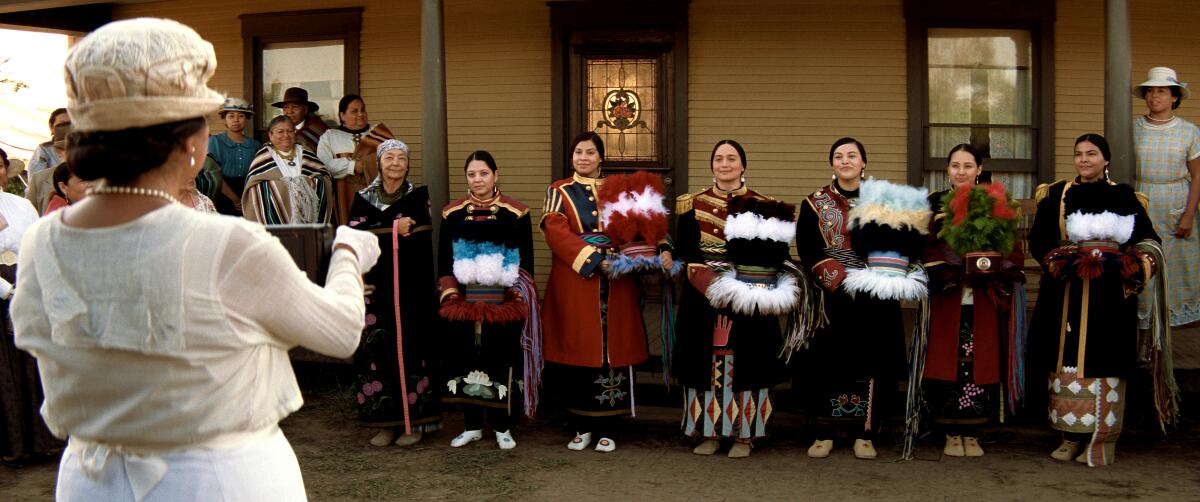
But as “Killers of the Flower Moon” enters its second week in theaters buoyed by rave reviews from critics and a strong $23-million opening weekend at the box office, the lion’s share of responses from Indigenous viewers, including members of the Osage Nation, has been pointedly positive. For most of the experts, scholars and others who spoke to The Times, any reservations about specific aspects of the film’s structure or treatment of its subject matter are of less import than the fact that such a high-profile Hollywood project should put Osage history in the spotlight.
“It’s not surprising with a tribe this large and strong that there would be a range of opinions and feelings,” said Robert Warrior, a member of the Osage Nation and a professor of American Literature and Culture at the University of Kansas. “This is a story that a lot of us have grown up with, and it’s important to us.”
For the record:
3:40 p.m. Nov. 6, 2023This article says that Robbie Robertson was Native American. He had Indigenous heritage but was born in Canada.
Warrior said that while he admired many aspects of “Killers of the Flower Moon, including the performances, cinematography and score (by the late Robbie Robertson, himself Native American), he felt the film still came up short. He said a focus on the federal policies regarding Native Americans and bureaucracy that allowed the murders to happen was missing.
Warrior added that he respected Cote’s perspective: “I’m glad he said what he said. He was not trashing the film. His feeling was thoughtful and perceptive. It’s a valid opinion and one that I hope the filmmakers are able to accept.”
25 years after becoming king of the world, Leonardo DiCaprio is less Hollywood’s biggest movie star than its best-paid character actor. What happened to Leomania?
Producer Dawn Jackson, who is Saginaw-Chippewa, indicated that she understood that sentiment.
“In a perfect world, we would be able to tell our own stories, but we’re not there yet,” Jackson said. “Is there artistic license? Sure. But the story comes through loud and clear — the atrocities that were committed and how society looked the other way. That is the key thing.”
Joanna Hearne, a professor in the film and media studies department of the University of Oklahoma who has specialized in Indigenous images in American film history, said she felt “Killers of the Flower Moon” “is one of the only films I’ve seen that shows the damage of settler colonialism as a system.”
She added, “It’s important to honor the complexity of this story. There’s a million ways it could have been told. I wish Lily Gladstone had more screen time. But I love the screen time she has. I feel that throughout her career, her acting has been a form of activism.”
Joshua Acre, CEO of Partnership with Native Americans, said he felt the book version of “Killers of the Flower Moon” was better than the film: “It’s a complicated story and there are a lot of nuances that I think will go over movie viewers’ heads.”
But, he added, “I think it was really well done. And Lily is amazing. I’m glad it’s on the big screen.”
Leah Lemm, a citizen of the Mille Lacs Band of Ojibwe and a senior editor of Native News at MPR News, summed up the perspective of many, saying she was encouraged that “Killers of the Flower Moon” adds to the landscape of representation in American film and television. “It’s a reminder of the brutal history. And most important, it makes me want to know more about the Osage Nation.”
More to Read
The complete guide to home viewing
Get Screen Gab for everything about the TV shows and streaming movies everyone’s talking about.
You may occasionally receive promotional content from the Los Angeles Times.
